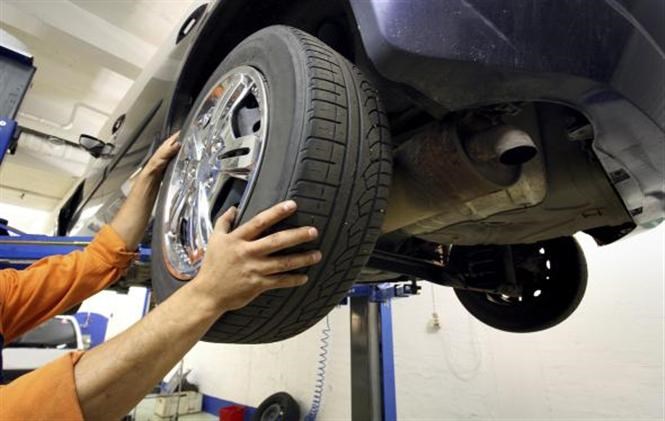Body work, engine and cab. They’re the three most obvious aspects of vans that buyers probe during inspection of their next potential vehicle but one of the more easy features to check, which can often prove costly to put right, is frequently overlooked.
New figures obtained under a Freedom of Information request have revealed that thousands of vans each year fail their MOTs because of worn tyres. Considering you won’t get much change out of £500 for a full new set, it may be worth spending an extra two minutes checking the four rubber hoops.
Defective tyre implications
“It beggars belief that so many motorists can fail their MOT because of unsafe or illegal tyres,” comments Stuart Jackson, the Chairman of TyreSafe, who conducted the survey. It highlighted that 46,505 vans (5.8 percent) had defective tyres, out of the 806,837 vehicles examined.
“Your safety on the road is totally dependent upon the condition of your tyres so it’s vital that you check these regularly throughout the year, let alone just before you take your MOT. Furthermore, they are also one of the easiest items on your car to check, so there really is no excuse for this amount of tyre-related failures.”
Reinforcing the scale of the problem of dangerous and illegal tyres, recent figures released by the Department for Transport showed that more than 968 road casualties were caused in the UK in 2013 because of an accident involving illegal, defective or under-inflated tyres.
Simple safety checks
To help drivers improve their safety on the road, TyreSafe recommends that drivers carry out three key safety checks before you buy, and at least once a month after the vehicle is bought.
Firstly, tyre pressures should be checked to ensure they are in line with the vehicle manufacturers recommended settings. Tyre tread depths should also be examined to ensure they are well above the legal minimum of 1.6mm. Finally, the tyre should be given a thorough visual inspection to ensure it is free from cuts, lumps or bulges and there are no items embedded in the tread.
Just so you know, we may receive a commission or other compensation from the links on this website - read why you should trust us.




